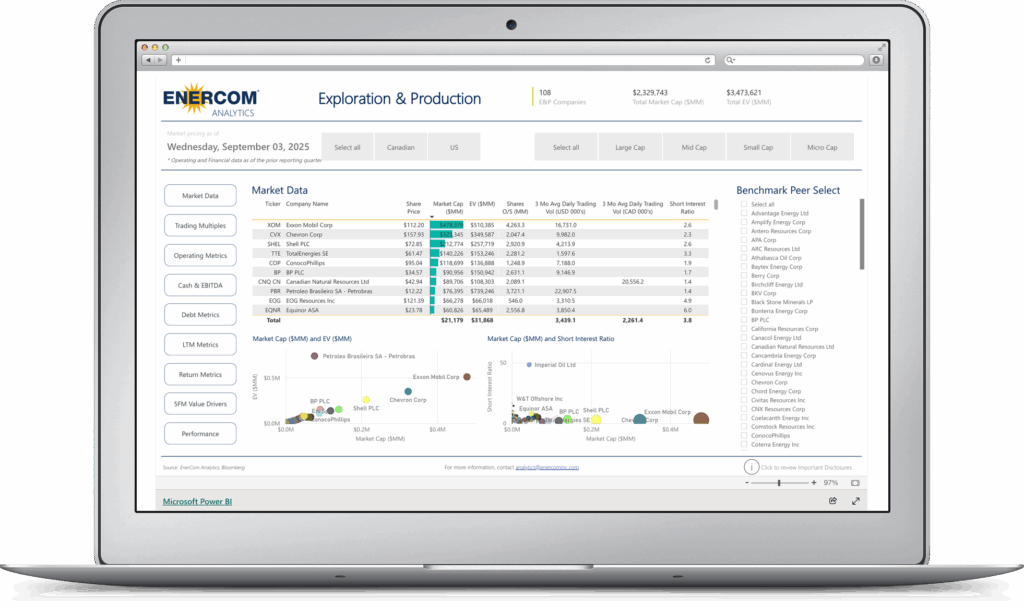Your Competitive Edge Starts Here
With Oil & Gas 360 Premium Access, you’ll always be the first to know—get the intelligence that drives innovative strategies, faster decisions, and better results.
What You’ll Unlock with Full Access:
- Marketwatch & Valuation Dashboards: Stay on top of company stock prices, charts, trends, news, company filings, projections, contact information, and valuations.
- Daily Industry News & Insights: Real-time industry news, insights, and opinions.
- Conference Presentation Replays: Learn from the leaders shaping the energy industry.
- Webcasts and Earnings Conference Call Details: Never miss the conversations that matter.
Premium Monthly Subscription
$59.99 / Month
Valuation & Benchmarking Dashboards
Marketwatch Stock Data
Earnings & Events
Conference Replays
Industry Insights & Opinions
Premium Yearly
$599 / Year
Valuation & Benchmarking Dashboards
Marketwatch Stock Data
Conference Replays
Industry Insights & Opinions
Earnings & Events Calendar
Save $120 by subscribing for a full year
Annual Corporate Membership
$3,490 / Year
Valuation & Benchmarking Dashboards
Marketwatch Stock Data
Earnings Events & Calendar
Conference Replays
Industry Insights & Opinions
Subscriptions for up to 10 company employees

